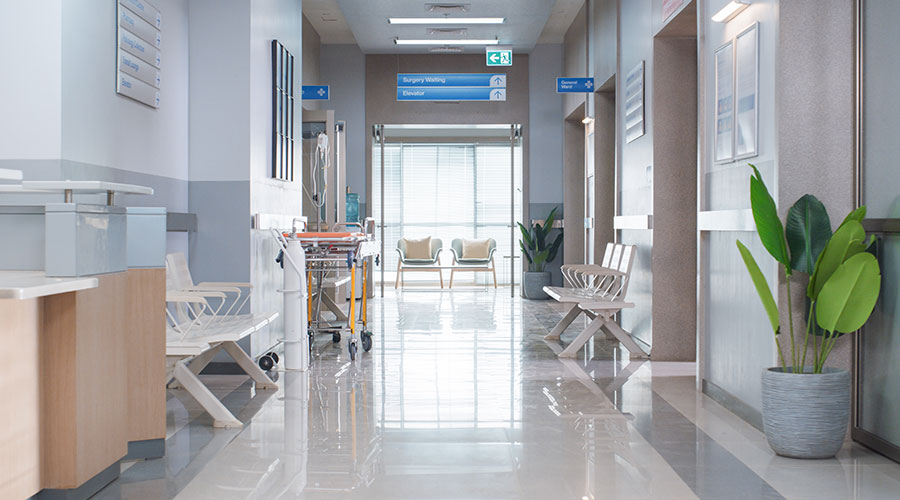The Joint Commission has announced revisions to its National Patient Safety Goal (NPSG) addressing suicide prevention to improve quality and safety of care for patients treated for behavioral health conditions and those identified at high risk for suicide.
Applicable to all Joint Commission-accredited hospitals and behavioral health care organizations, the revised requirements are based on more than a year of research, public field review and analysis with multiple panels convened by The Joint Commission and representing provider organizations, experts in suicide prevention and behavioral health care facility design, and other key stakeholders across the United States.
NPSG 15.01.01 - Reduce the risk for suicide becomes effective July 1, 2019. A just-published R3 Report from The Joint Commission details the new and revised requirements, and the rationale and research behind each.
The NPSG encompasses seven elements of performance (EPs) on which The Joint Commission will review hospitals and behavioral health care organizations during accreditation surveys—an increase from three EPs in the existing NPSG 15.01.01 - Identify individuals at risk for suicide.
The Joint Commission began its re-evaluation of the NPSG in 2016. Suicide remains the 10th leading cause of death in the United States, and the number of in-hospital suicides reported as sentinel events has not improved over the last seven years.
“The science of suicide prevention has really advanced over the past few years, including better tools for screening, assessment of suicidal ideation, identification of environmental hazards in health care facilities, and methods to prevent suicide after discharge,” says David W. Baker, MD, MPH, FACP, executive vice president, Division of Health Care Quality Evaluation, The Joint Commission. “We had not updated the NPSG since its original release in 2007. This revised version and the accompanying resource compendium will more robustly support health care organizations in preventing suicide among patients in their care.”
The new and revised requirements address:
• Environmental risk assessment and action to minimize suicide risk
• Use of a validated screening tool to assess patients at risk
• Evidence-based process for conducting suicide risk assessments of patients screened positive for suicidal ideation
• Documentation of patients’ risk and the plan to mitigate
• Written policies and procedures addressing care of at-risk patients, and evidence they are followed
• Policies and procedures for counseling and follow-up care for at-risk patients at discharge
• Monitoring of implementation and effectiveness, with action taken as needed to improve compliance
The Joint Commission established its NPSG program in 2002 to help its accredited organizations address specific areas of patient safety concern.

 Building Disaster Resilience Through Collaboration
Building Disaster Resilience Through Collaboration Amae Health Expands to New York City
Amae Health Expands to New York City Hospital for Special Surgery Opens Two New Facilities in New Jersey
Hospital for Special Surgery Opens Two New Facilities in New Jersey Should We Be Testing Toilet Water in Patient Restrooms?
Should We Be Testing Toilet Water in Patient Restrooms? Healthcare Union Petitions for Increased Staff Safety at HCA Florida Hospitals
Healthcare Union Petitions for Increased Staff Safety at HCA Florida Hospitals